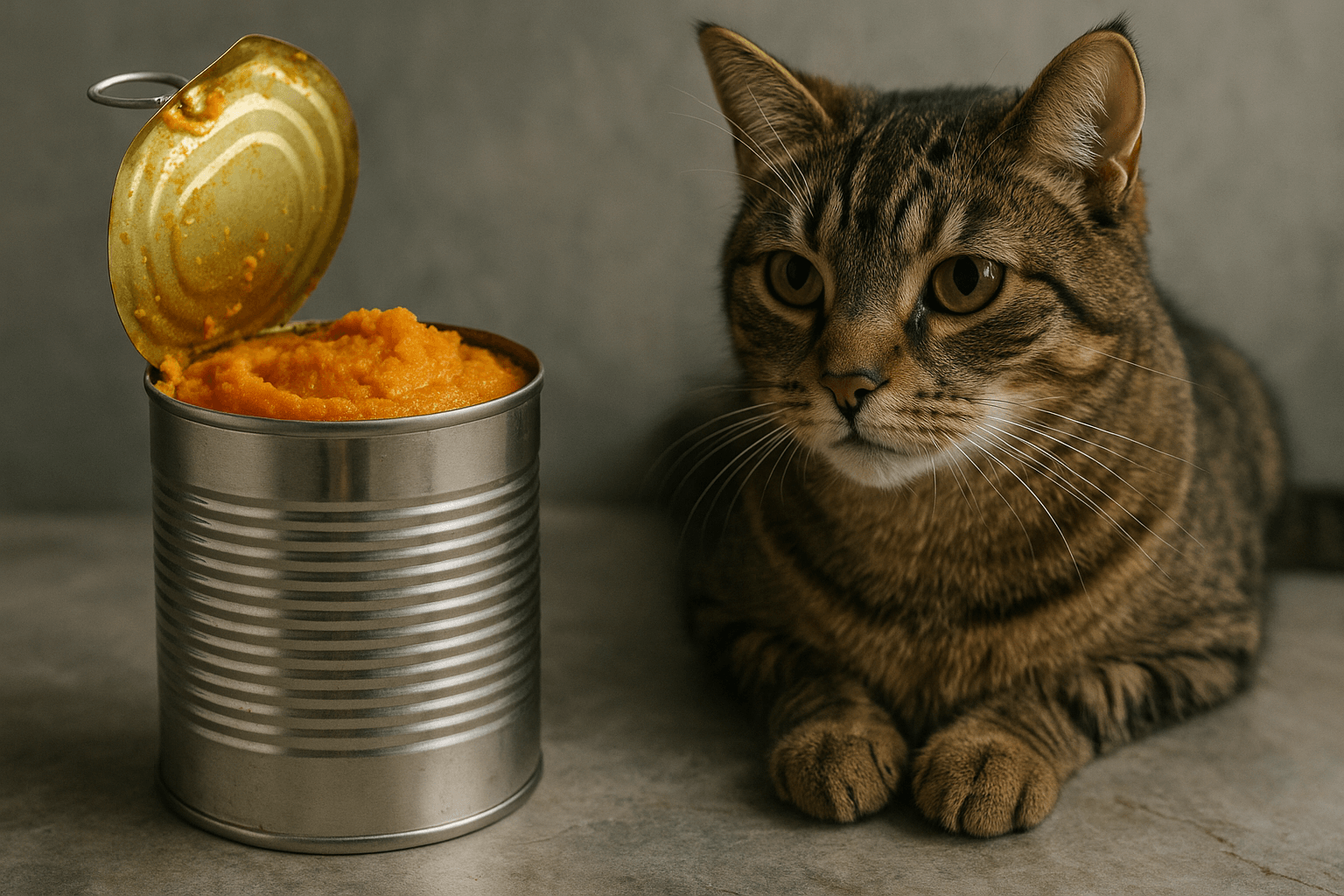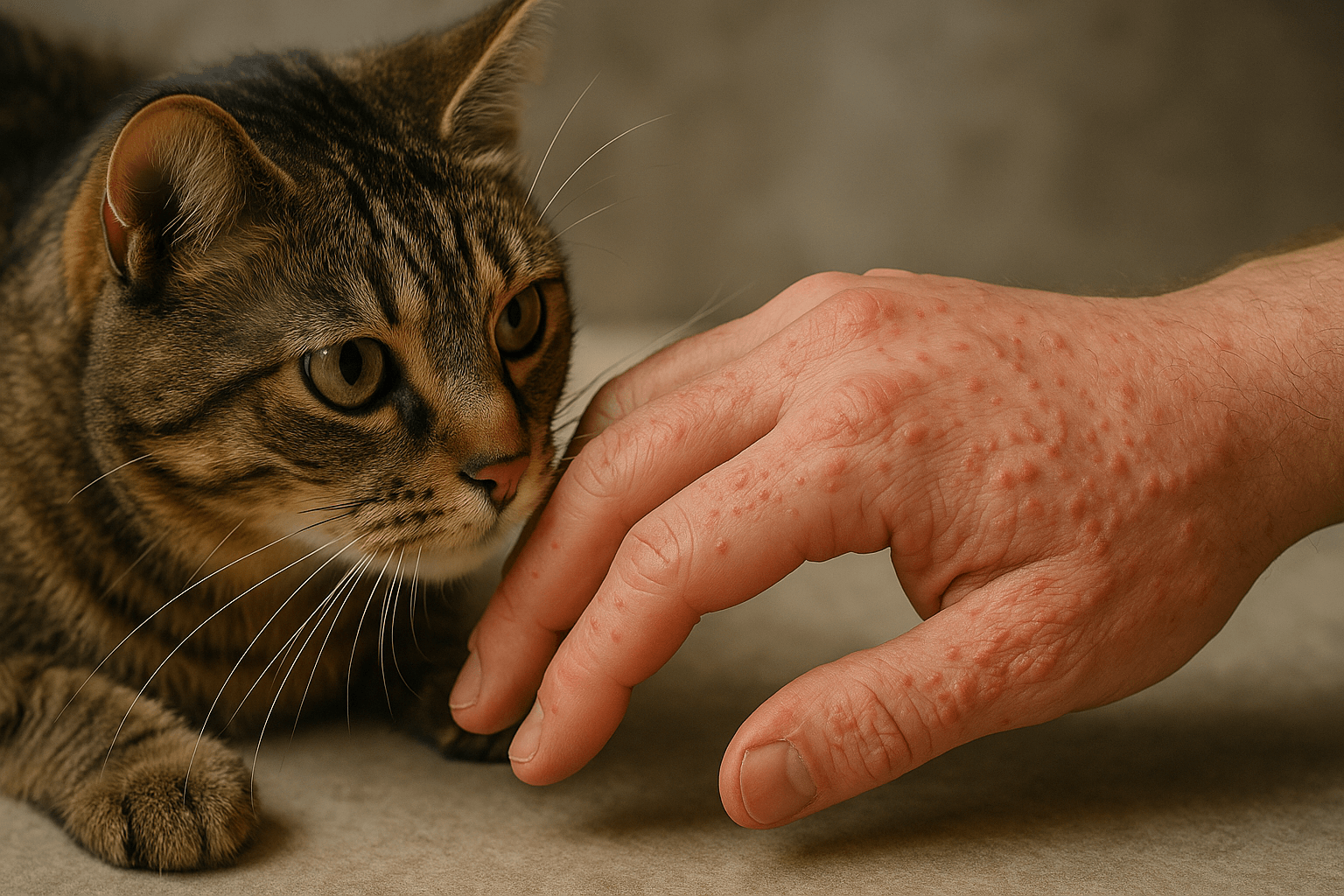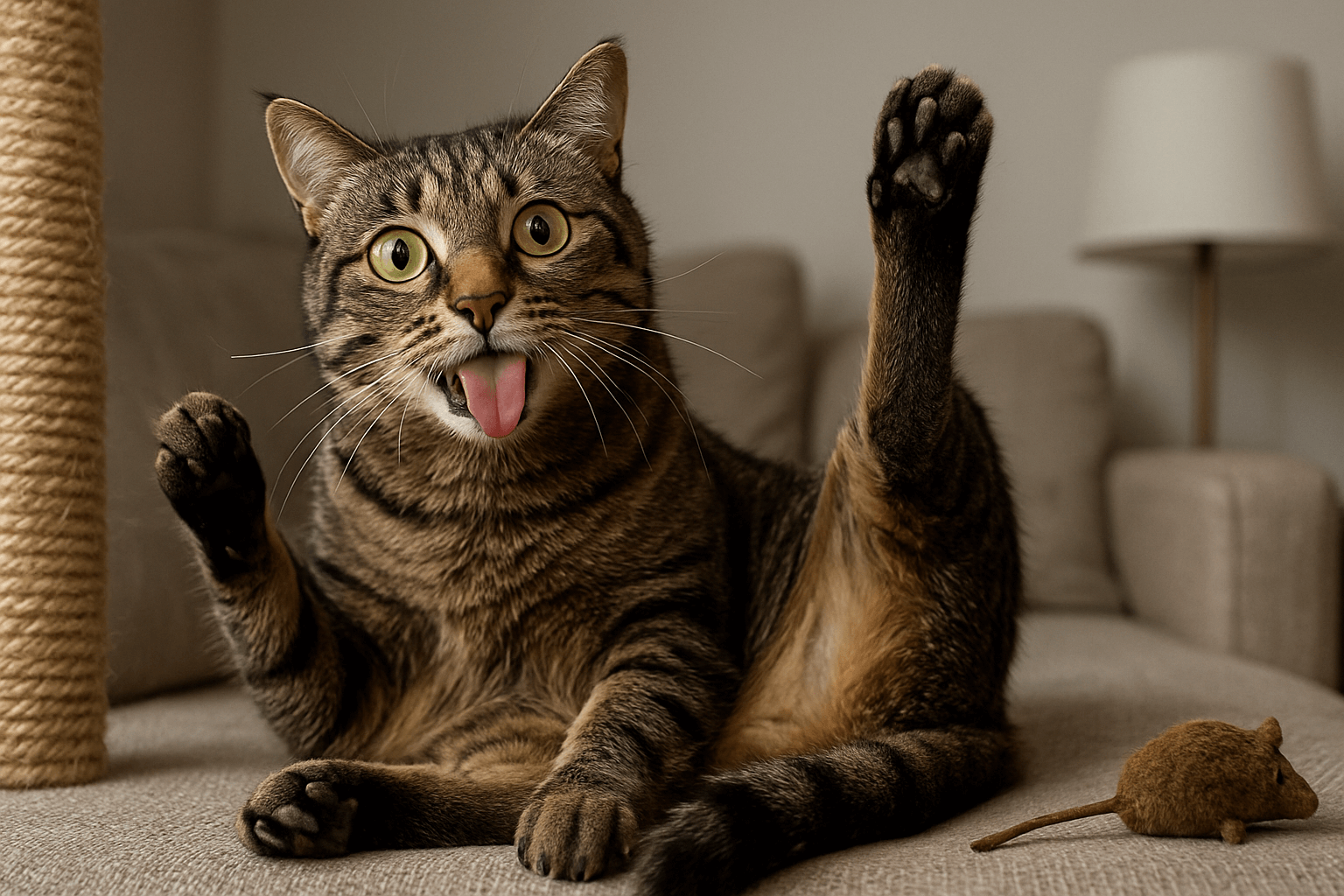Understanding Pulmonary Edema in Cats: What Every Pet Owner Should Know
Pulmonary edema in cats is a serious and potentially life-threatening condition that requires immediate attention. This condition occurs when fluid accumulates in the lungs, making it difficult for your feline friend to breathe properly. While it can be alarming to witness your cat struggling to breathe, understanding the causes, symptoms, and treatment options can help you respond quickly and effectively. In this blog post, we’ll explore everything you need to know about pulmonary edema in cats, from recognizing early warning signs to managing the condition with veterinary care. Let’s dive into the details to ensure your furry companion stays healthy and happy.
Causes of Pulmonary Edema in Cats
Pulmonary edema in cats can arise from a variety of underlying health issues or external factors. Identifying the root cause is crucial for effective treatment. Here are some common causes:
Heart Disease
Conditions like hypertrophic cardiomyopathy can lead to heart failure, causing fluid buildup in the lungs.Trauma or Injury
Physical injuries, such as being hit by a car, can result in internal bleeding or damage that leads to pulmonary edema.Electrocution
Chewing on electrical cords can cause severe lung damage and subsequent fluid accumulation.Toxins or Poisoning
Exposure to certain chemicals or toxins can irritate the lungs and trigger fluid buildup.Infections
Severe respiratory infections or pneumonia can lead to inflammation and fluid retention in the lungs.
Understanding these potential causes can help you take preventive measures and seek timely veterinary care if your cat shows signs of respiratory distress.
Symptoms of Pulmonary Edema in Cats
Recognizing the symptoms of pulmonary edema early can make a significant difference in your cat’s prognosis. Here are some key signs to watch for:
Labored Breathing
Cats may pant, breathe rapidly, or show signs of difficulty inhaling and exhaling.Coughing or Gagging
Persistent coughing or gagging can indicate fluid in the lungs.Lethargy
A noticeable decrease in energy levels or reluctance to move can signal respiratory distress.Blue Gums or Tongue
Cyanosis, or bluish discoloration of the gums and tongue, indicates a lack of oxygen.Open-Mouth Breathing
Cats typically don’t breathe through their mouths, so this behavior is a red flag.
If you notice any of these symptoms, it’s critical to seek emergency veterinary care immediately. Early intervention can save your cat’s life.
Check this guide 👉Understanding Cat Lung Cancer Through X-Rays: Best 7 Tips!

Causes of Pulmonary Edema in Cats | Symptoms of Pulmonary Edema in Cats |
|---|---|
Heart disease | Labored breathing |
Trauma or injury | Coughing or gagging |
Electrocution | Lethargy |
Toxins or poisoning | Blue gums or tongue |
Severe infections | Open-mouth breathing |
Treatment Options for Pulmonary Edema in Cats
Treating pulmonary edema in cats often requires a combination of medical interventions to stabilize their condition and address the underlying cause. Here are some common treatment approaches:
Oxygen Therapy
Providing supplemental oxygen helps improve breathing and ensures adequate oxygen levels in the blood.Diuretics
Medications like furosemide help remove excess fluid from the lungs and reduce swelling.Medications for Underlying Conditions
If heart disease is the cause, medications such as ACE inhibitors or beta-blockers may be prescribed.IV Fluids
In cases of dehydration or shock, intravenous fluids may be administered carefully to avoid worsening fluid buildup.Monitoring and Supportive Care
Close monitoring in a veterinary hospital ensures your cat receives ongoing care and adjustments to treatment as needed.
With prompt and appropriate treatment, many cats can recover from pulmonary edema, though long-term management may be necessary for chronic conditions.
Preventive Measures to Reduce the Risk of Pulmonary Edema
While not all cases of pulmonary edema can be prevented, there are steps you can take to minimize the risk and keep your cat healthy. Here are some preventive measures:
Regular Vet Check-Ups
Routine examinations can help detect heart disease or other conditions early before they lead to complications.Safe Environment
Remove hazards like exposed electrical cords and toxic substances to prevent accidents and poisoning.Balanced Diet and Weight Management
Maintaining a healthy weight reduces strain on the heart and lowers the risk of heart-related issues.Monitor for Respiratory Issues
Pay attention to any changes in your cat’s breathing patterns and seek veterinary advice promptly.Reduce Stress
Minimizing stressors in your cat’s environment can support overall health and reduce the risk of stress-induced conditions.
By taking these proactive steps, you can help protect your cat from pulmonary edema and other serious health issues.
Signs of Improvement in Cats with Pulmonary Edema
When a cat is recovering from pulmonary edema, certain signs can indicate progress and reassure pet owners that their furry friend is on the mend. Here are some positive indicators to look for:
Easier Breathing
If your cat’s breathing becomes less labored and more regular, it suggests that fluid buildup is reducing.Increased Energy Levels
A return to normal activity levels, such as playing or exploring, indicates improved oxygenation and overall health.Normal Gums and Tongue Color
Pink gums and tongue, rather than blue or pale hues, show that oxygen levels are stabilizing.Reduced Coughing
Less frequent or no coughing can signal that inflammation in the lungs is subsiding.Improved Appetite
A renewed interest in food often reflects better overall well-being and recovery.
These signs of improvement are encouraging and highlight the importance of consistent veterinary care. Celebrate these milestones while continuing to monitor your cat’s health closely.
Common Mistakes to Avoid When Managing Pulmonary Edema
While managing pulmonary edema in cats, even small mistakes can have serious consequences. Being aware of these pitfalls can help you provide the best possible care. Here are some common errors to avoid:
Delaying Veterinary Care
Waiting too long to seek help can worsen the condition and reduce the chances of recovery.Ignoring Early Symptoms
Overlooking subtle signs like mild lethargy or occasional coughing can lead to delayed diagnosis.Administering Human Medications
Giving over-the-counter medications without veterinary approval can harm your cat’s delicate system.Failing to Address Underlying Causes
Treating only the symptoms without addressing the root cause can result in recurring episodes.Neglecting Follow-Up Appointments
Skipping follow-up visits may prevent the vet from detecting complications early.
Avoiding these mistakes ensures that your cat receives the care they need to recover fully. Always prioritize professional guidance and stay proactive.
Ways to Support Your Cat During Recovery
Recovery from pulmonary edema requires not just medical treatment but also emotional and physical support. Here are some ways you can help your cat heal and feel more comfortable:
Create a Calm Environment
Minimize noise and disturbances to reduce stress and allow your cat to rest peacefully.Provide Comfortable Resting Areas
Ensure your cat has access to soft, cozy spots where they can relax without difficulty.Offer Nutritious Food
Serve easily digestible, high-quality meals to support their immune system and energy levels.Encourage Gentle Movement
Help your cat engage in light activities, like short walks or play, to rebuild strength gradually.Stay Attentive to Changes
Monitor your cat’s behavior and symptoms daily, reporting any concerns to your veterinarian promptly.
By focusing on these supportive measures, you can make the recovery process smoother and more comfortable for your cat. Your dedication and care will go a long way in helping them regain their health.
Frequently Asked Questions About Pulmonary Edema in Cats
Can pulmonary edema in cats be cured?
While acute cases can often be treated successfully, chronic conditions may require ongoing management to control symptoms.
Is pulmonary edema painful for cats?
The condition itself isn’t painful, but the underlying cause or difficulty breathing can cause significant discomfort.
How quickly does pulmonary edema progress?
It can develop suddenly (acute) or gradually (chronic), depending on the underlying cause. Acute cases require immediate attention.
Can indoor cats develop pulmonary edema?
Yes, indoor cats can develop the condition due to heart disease, toxins, or other health issues.
What should I do if my cat has trouble breathing?
Seek emergency veterinary care immediately, as difficulty breathing can be a sign of a life-threatening condition.
Supporting Your Cat Through Pulmonary Edema
Pulmonary edema in cats is a complex and serious condition, but with quick action and proper care, many cats can recover and lead fulfilling lives. Understanding the causes, recognizing the symptoms, and working closely with your veterinarian are essential steps in managing this condition. By creating a safe and supportive environment for your cat, you can reduce the risk of pulmonary edema and ensure they stay healthy and happy. Remember, your love and vigilance are the most powerful tools in safeguarding your feline companion’s well-being. Together, we can give our cats the best chance at a long, joyful life.
Canned Pumpkin for Cat Diarrhea: Best 7 Expert Tips! Natural remedy to firm stools, soothe upset bellies, and support gut health safely.
Can a Cat Give You Scabies? Best 7 Expert Tips! Discover the truth about feline mites, human skin risks, and how to protect yourself—without panic.
Cat Flea vs Human Flea: Best 7 Expert Tips! Discover the truth about bites, species, and how to eliminate infestations for good.
Weird Cat Behaviors: Best 7 Expert Tips! Discover why cats do strange things—and how to understand, not punish, their instincts for a happier home.





